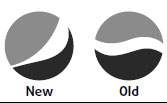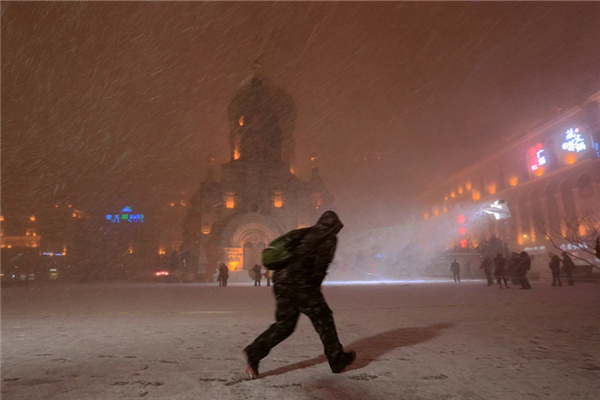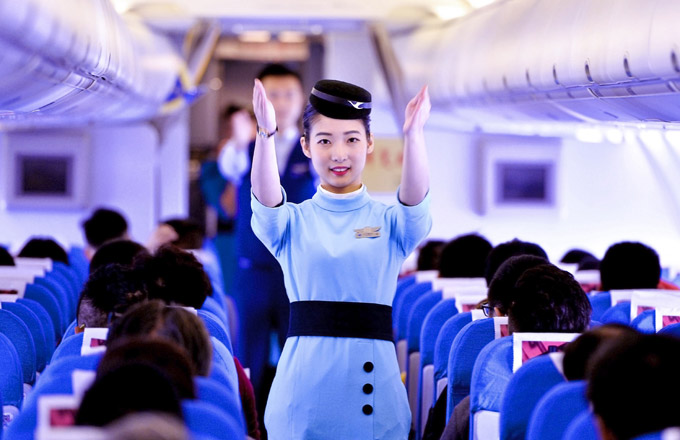

PepsiCo's new logo, a circle enclosing curved bands of red, white and blue and likened to a smile by the company's executives, may not be introduced into China, the current No 1 market for the world's second largest soft drink producer.
The US-based Fortune 500 company announced last October it would unveil a new-look logo as part of a radical $1.2 billion global brand revamp of its carbonated-soft-drink Pepsi brand.

"We do not know if the new logo will hit markets outside the US," PepsiCo China said in a statement.
"I don't think the new logo will come to the Chinese market soon," said Shen Kun, a marketing professor at Fudan University, adding one of the key reasons may be the dismal response it has received in the US so far.
Shen said PepsiCo doesn't need an identity revamp in China, as the company's priorities are different in various markets.
The new logo is meant to boost PepsiCo's sales in the US, he said.
The new logo and packaging morphs the old logo's iconic white band into a happy mouth. On Original Pepsi, the band represents a smile, on Diet Pepsi it's meant to be a controlled grin and on Diet Pepsi Max it is supposed to be a full out laugh. The font changed from bold upper-case to a retro lower-case, with the "e" mimicking the white curve of the old logo.
The new logo, five months in the making, was designed by Arnell of Omnicom Group, an advertising and marketing communications group.
Industry insiders say the new smiley face logo is intended to make consumers feel lighthearted amid the global economic gloom.
On New Year's Eve PepsiCo lit up a Times Square billboard using the Pepsi logo as an "O" in words such as optimism, wow, joy and love. It also generously pumped money into Super Bowl advertising to highlight its new identity.
But the American public reportedly finds the new Pepsi mark similar to the Barack Obama and the Korean Air logo.
"We are not sure who followed whom," responded Frank Cooper, a vice-president of brands at Pepsi's Americas Beverages.
"The new logo fails to incorporate any sense of the rich visual legacy of the Pepsi brand," said Shen, the Fudan professor.
Spending huge sums reinventing a brand image might not resonate well with consumers tightening their belts during the global economic downturn, said Ding Pin, analyst of Haitong Securities.
"It's a time to avoid extravagant moves," he said.
The US soft drink market is becoming a challenging place for companies, as sales volume fell 2.3 percent in 2007, the third straight year of decline, according to Beverage Digest figures. Figures for 2008 have not been released yet but likely show another drop.
PepsiCo and Coca-Cola's 2008 third quarter reports show Coke's soda drink sales in North America surpassing Pepsi's, pushing Coke back into the top position.
PepsiCo is trying to consolidate its presence in China as a food and beverage giant.
(China Daily 02/23/2009 page9)













